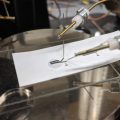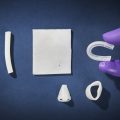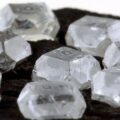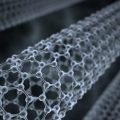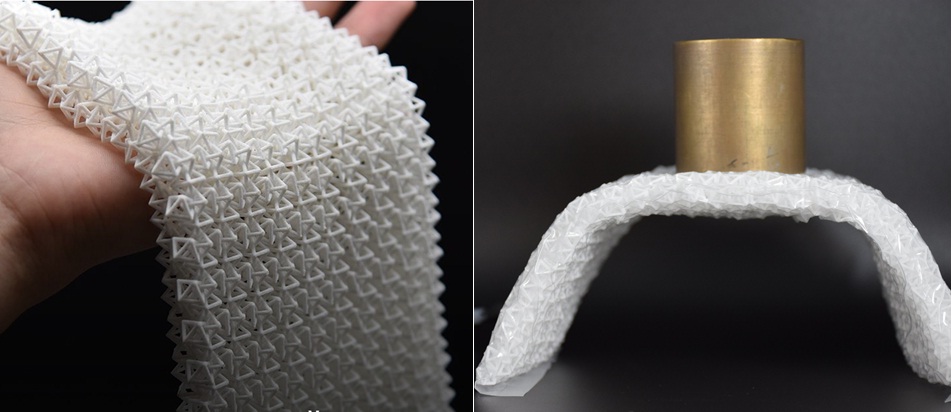
Scientists have developed a new type of chain mail fabric, the elements of which can be “jammed” if necessary, increasing its rigidity by 25 times.
Everyone is familiar with instant coffee in oblongvacuum sticks. When packaged, they are quite hard, but lose this quality immediately after opening. This is due to getting stuck – a physical process characteristic of granular materials, foams, emulsions, and other materials with many individual particles. In their normal state they have a certain fluidity or flowability, but underpressure interaction between disparateelements increases, limiting mobility. A similar effect is observed in sheets of interconnected rings, cubes, or other hollow volumetric objects.
A group of scientists from Nanyang TechnologicalThe University and California Institute of Technology decided to take advantage of this property to create a new type of chain mail fabric that can go from flexible to rigid on demand. Using nylon plastic polymers, they 3D printed a network of interlocking octahedra.
In a free state, the material isflexible fabric. However, if it is sealed in a vacuum plastic package, the individual elements are compressed and wedged, as a result of which the rigidity of the structure increases 25 times. Tests have shown that when the compacted material is formed into a flat structure in the form of a table, it can withstand a load of 50 times its own weight.
In another experiment, the team dropped a 30-g steel ball at him at a speed of 3 m/s. In a free state from impact, the fabric was deformed by 26 mm, and in a rigid state - only 3 mm.
The team also made an aluminum versionchain mail to demonstrate that it has the same flexibility and softness as plastic, but that it can be encapsulated in a denser structure. The engineers plan to do this with Kevlar, creating a new base for body armor.
According to the developers suggested by themthe tissue concept can also be used in exoskeletons, various medical devices with variable stiffness to support the body, and even temporary bridges that can be quickly deployed and strengthened.
Scientists are currently investigating alternative ways to compress the structure, including magnetism, temperature, and electricity.
Recall that recently, engineers have also developed a technology for the production of synthetic web, which is stronger than steel and Kevlar.
text: Ilya Bauer, photo and video: Nanyang Technological University

